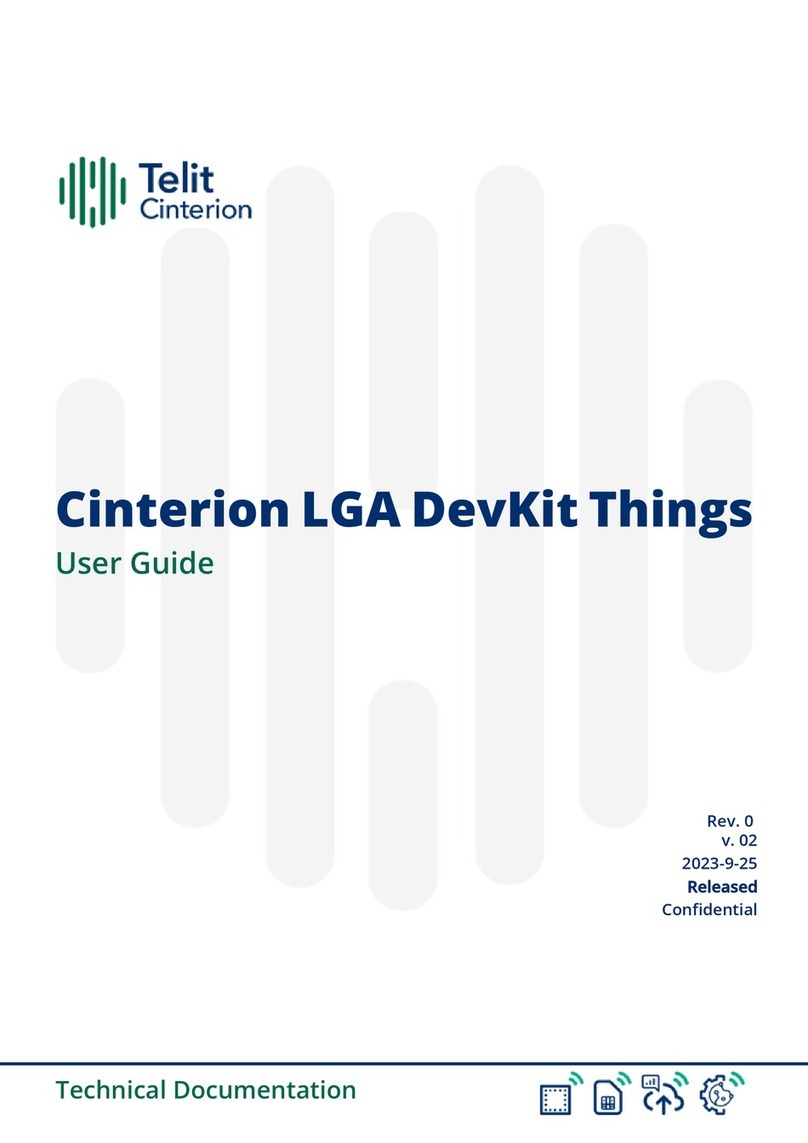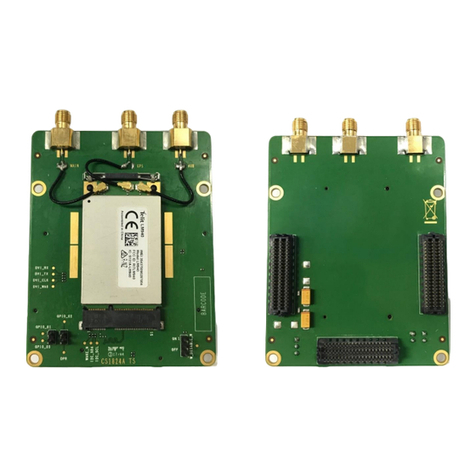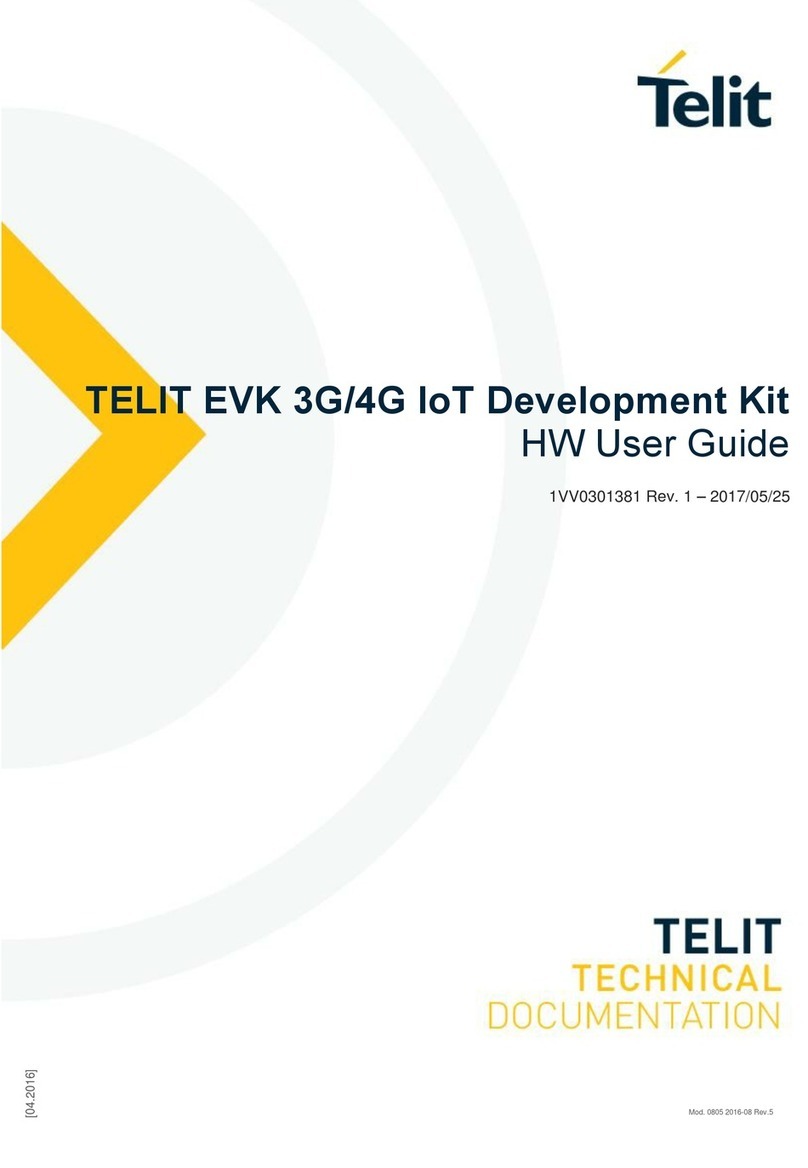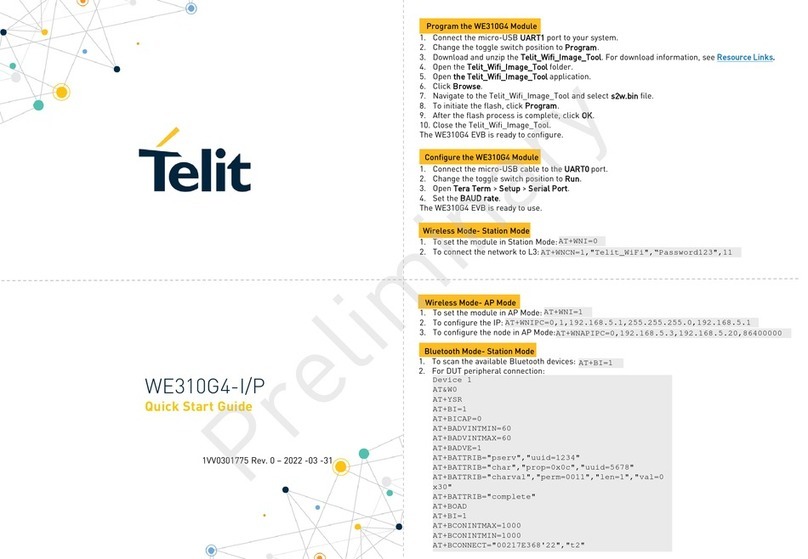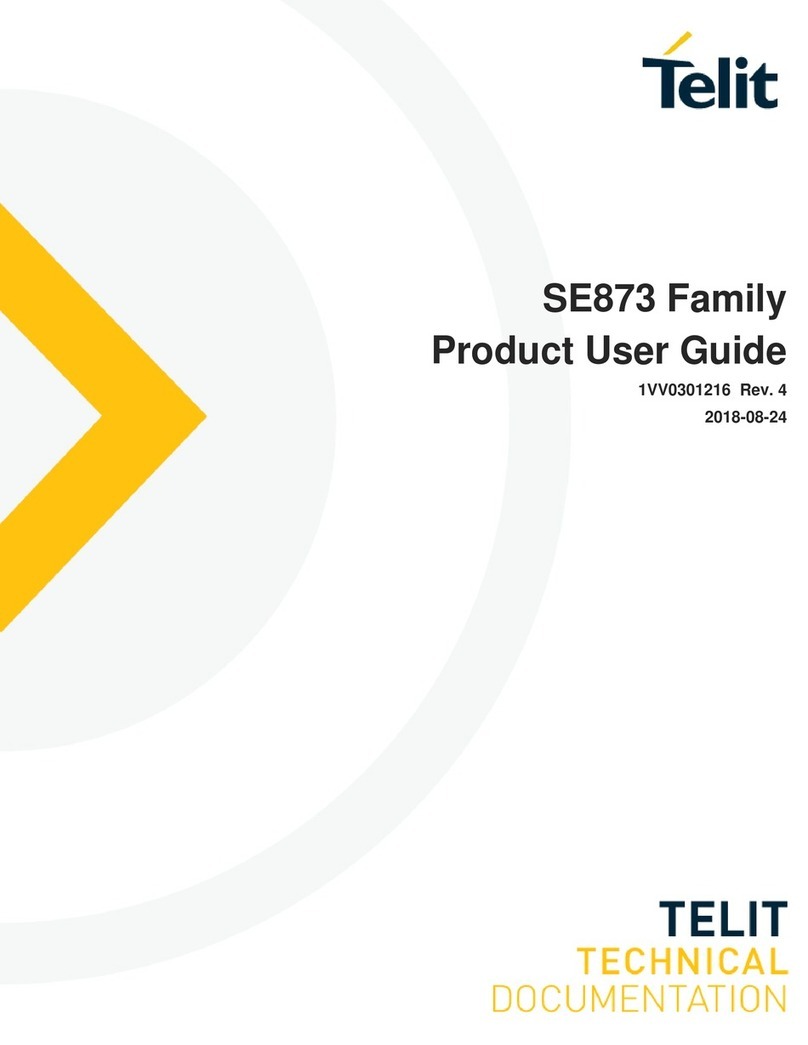
1VV123456 Rev. 0 Page 2 of 48 2023-9-22
48
Cinterion LGA DevKit User Guide
3
Contents
Contents........................................................................................................................................... 2
Tables ............................................................................................................................................... 4
Figures.............................................................................................................................................. 5
1 Applicability Table .................................................................................................................. 6
2 Introduction............................................................................................................................ 7
2.1 Scope .............................................................................................................................................. 7
2.2 Features and Benefits ................................................................................................................. 7
2.3 Audience ........................................................................................................................................ 8
2.4 Contact Information, Support ................................................................................................... 8
2.5 Conventions .................................................................................................................................. 8
2.6 Terms and Conditions.................................................................................................................. 9
2.7 Disclaimer ...................................................................................................................................... 9
3 General Product Description................................................................................................ 10
3.1 Overview ....................................................................................................................................... 10
4 Appendix............................................................................................................................... 11
4.1 Package Content ........................................................................................................................ 11
4.2 Quickstart ..................................................................................................................................... 14
4.3 Mounting the LGA DevKit Socket ........................................................................................... 15
5 LGA DeviKit Overview...........................................................................................................16
5.1 Top and Underside View .......................................................................................................... 16
5.2 Block Diagram ............................................................................................................................. 17
6 LGA DevKit Interfaces........................................................................................................... 18
6.1 USB ................................................................................................................................................ 18
6.2 SIM ................................................................................................................................................. 18
6.3 Pin Headers ................................................................................................................................. 19
6.3.1 Default Configuration................................................................................................... 20
6.4 ON Button: Module Start and Power Down ........................................................................ 20
6.5 RST Button: Module Reset ....................................................................................................... 20
6.6 ASC0 Switch: Module UART Interface Selection ................................................................. 21
6.7 PWR Switch: Power Source Selection ................................................................................... 21
6.8 Free Level Shifters ..................................................................................................................... 21
6.9 LEDs ............................................................................................................................................... 21
6.10 Patch Field ................................................................................................................................... 22
6.11 RF Antenna .................................................................................................................................. 23
6.12 Power Supply .............................................................................................................................. 24
6.12.1 Supply Current Measurement ................................................................................... 24
6.12.2 External Reference Supply.......................................................................................... 25
7 General Characteristics........................................................................................................26
8 Operating the LGA DevKit with a DSB.................................................................................. 27
8.1 LGA DevKit on DSB-Mini ........................................................................................................... 27
8.2 LGA DevKit on DSB75 ............................................................................................................... 28
9 Module Specific Configuration Settings............................................................................... 29
